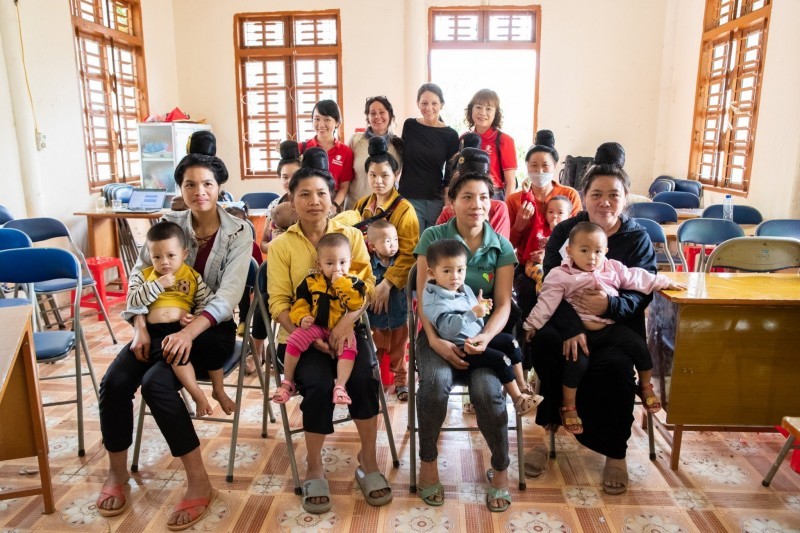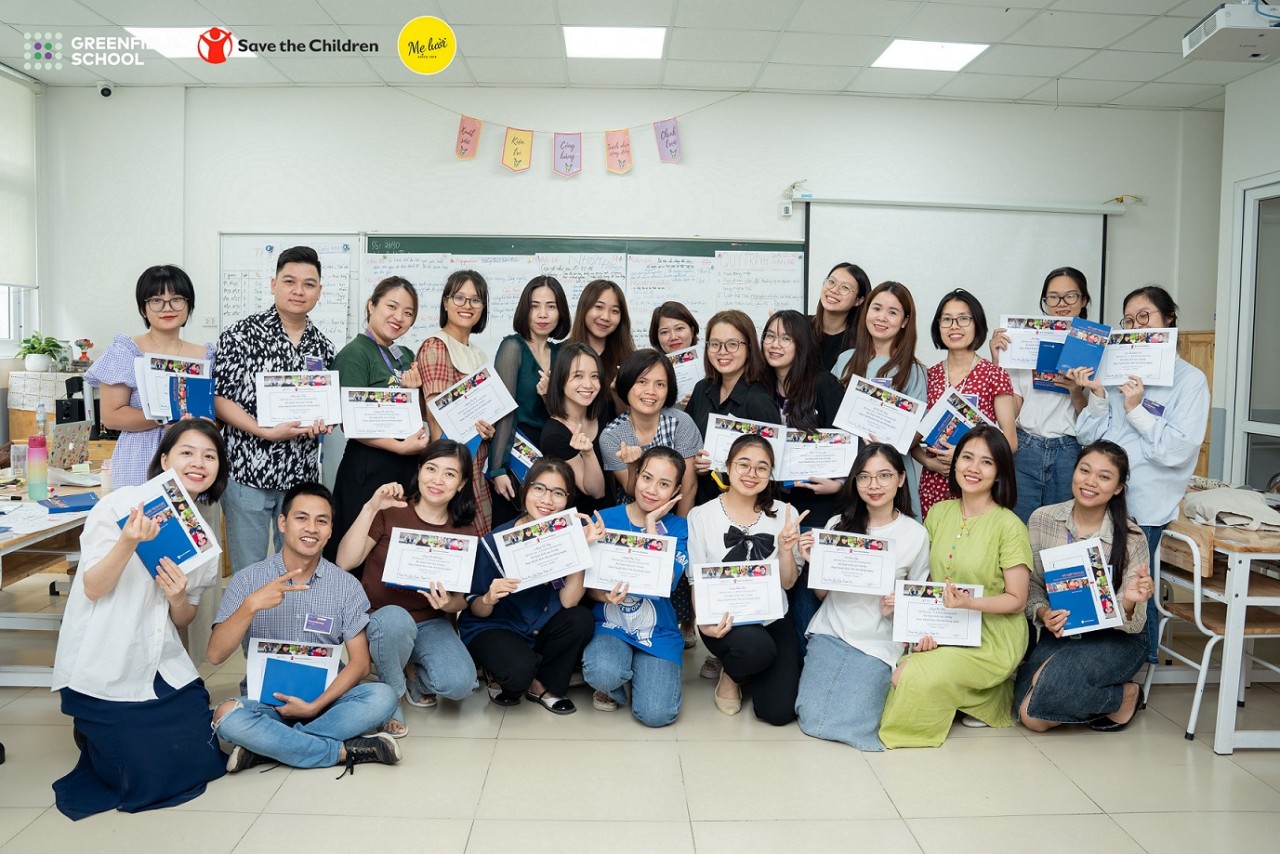Community - Strong Pillar in Child Protection Efforts
| Children's Rights and Business Principles (CRBP) - Sustainable Commitment for Future of Children | |
| Empowering Vietnamese Youth to Pursue Entrepreneurial Dreams |
Community Leader Advocating for Disadvantaged Children
In Tan Thong Hoi Commune (Cu Chi District, Ho Chi Minh City), Tran Ngoc Diem, the commune’s Vice Chairwoman, is widely recognized as a shining example in child protection work. As one of the most populous communes in the district, with over 50,000 residents and many migrant families living temporarily, Tan Thong Hoi faces numerous cases where children live in hardship, lacking identity documents and unable to attend public schools.
Everything began to change when Diem joined the Project for the Prevention and Reduction of Child Labor in Ho Chi Minh City (WNCB), supported by Save the Children. Since then, she has initiated many practical activities: connecting underprivileged children with Thanh Tam Charity School - a facility that accepts illiterate children and those in especially difficult circumstances. For children lacking legal documents, she collaborates with the school, local nuns, and authorities to verify identities and complete birth registration procedures. Thanks to her persistent efforts, nearly 20 children have received legal identification documents, opening doors for formal education.
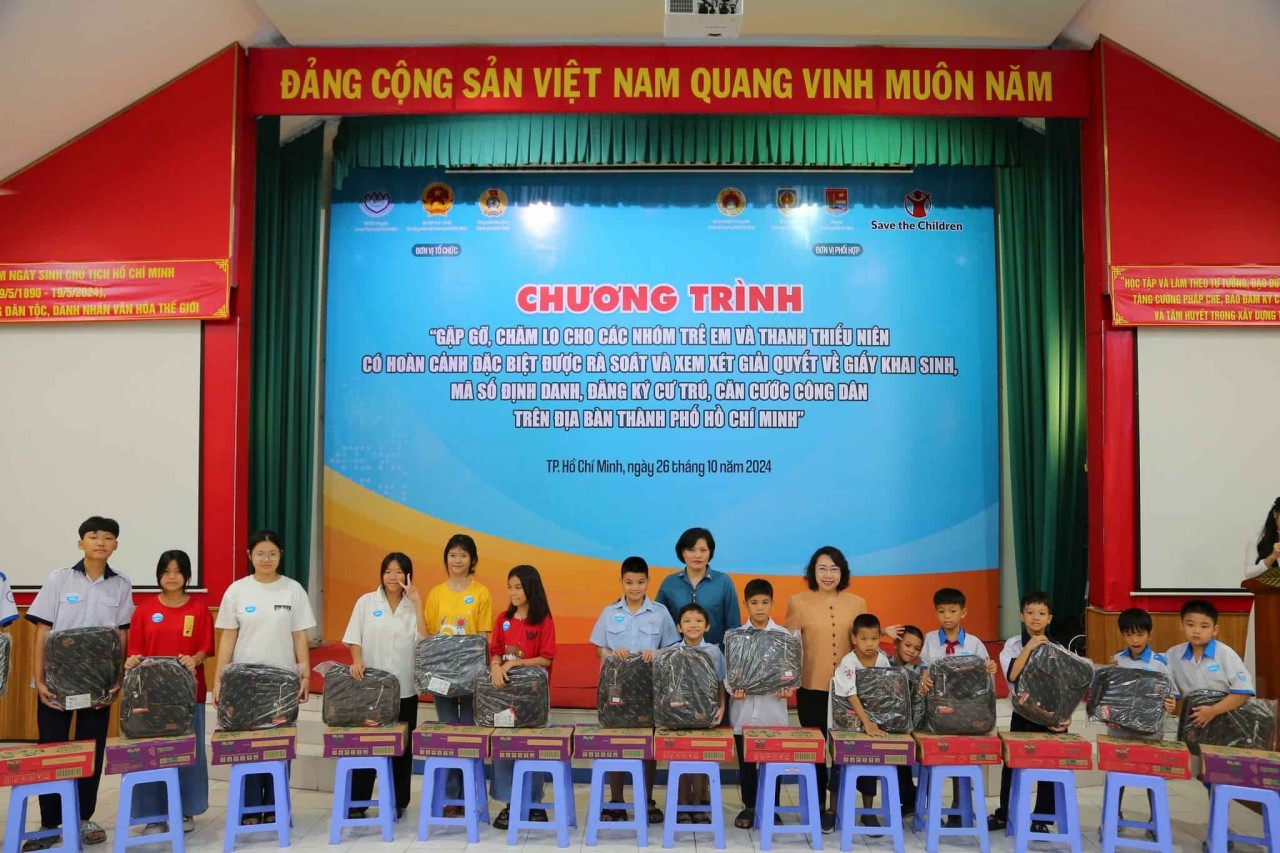 |
| Save the Children collaborates with relevant departments in Ho Chi Minh City to provide legal assistance, verify, and complete registration procedures for children in difficult situations. (Photo: SC) |
But her efforts didn’t stop there. Diem also proactively sought support from philanthropists to improve learning conditions for the children: from school uniforms and wall-mounted fans to computers and water purifiers. For students completing grade 5, she helps them apply for graduation exams and transition to Tan Tien Secondary School, where tuition fees are waived or reduced.
Furthermore, Diem established a community activity center in the commune, raised funds to repair its facilities, and organized free summer classes in English and martial arts for children. On occasions such as Mid-Autumn Festival or Tet (Lunar New Year), orphans and disadvantaged children are invited to participate in cultural exchange programs and receive educational gifts. She also hosts commune-level children's forums, inviting representatives from the government, education and health departments, and experts, so that children have the chance to voice their concerns and be heard. “Last year, over 200 children joined, and they asked so many questions that the officials couldn’t answer them all,” she shared with a smile.
As the head of the Commune’s Education Popularization Team, Diem is determined not to let any child drop out of school. For every case reported of prolonged school absence, she visits the child’s home with the school principal and village head to persuade the family. One fifth-grade student’s family only agreed after her eighth visit. In another case, she discovered a third-grader who attended school in the morning and sold lottery tickets in the afternoon while still in uniform. After learning about the child’s situation, she arranged for tuition exemptions and provided school supplies, enabling the child to focus on learning and leave behind street labor.
“Thanks to the project, I was able to fulfill dreams I had cherished for a long time. The rate of children dropping out of school has significantly decreased. Every time I see them smiling on their way to class, I feel that what I do is truly meaningful,” Diem shared emotionally.
Although the project has ended, its values continue to spread. For Diem, the journey for children’s welfare does not stop. She hopes this model will be replicated in many other localities, so that disadvantaged children, wherever they may be, will still have the chance to learn, to grow up in love, and to be protected by their communities.
Save the Children: Comprehensive Protection for Children
Diem is among many partners of Save the Children who have actively contributed to activities under the Project for the Prevention and Reduction of Child Labor in Ho Chi Minh City (WNCB). Implemented from 2019 to 2024 across four districts: Go Vap, Cu Chi, District 10, and Nha Be, the project aimed to create favorable conditions for children and adolescents to access formal, quality education. Families and communities were also empowered through awareness-raising initiatives to support children and help eliminate child labor, increasing their chances of obtaining suitable employment in the future.
The project deployed a wide range of activities including training sessions, discussions, workshops, and communication campaigns in schools and communities. It supported the implementation of community-based initiatives to protect children from hazardous work and child labor; provided livelihood support to improve household income for families with children at risk or already engaged in labor; offered vocational training tools; and collaborated with local authorities to resolve administrative procedures such as residency registration and birth certificates for disadvantaged children, enabling them to access education and other basic rights.
According to Save the Children’s final report, the project helped increase the school attendance rate among children aged 5–17 in Ho Chi Minh City to 97.7%, with the attendance rate for girls reaching 99%. The proportion of children at risk of child labor dropped from 80.2% to 54.2%. Regarding the use of financial assistance and livelihood support, 93% of families reported that the support met their practical needs, while 80% said the capital and livelihood resources helped improve their income. As a result, families experienced better living conditions and could afford school fees, allowing their children to continue their education.
Nguyen Lu Gia, Project Manager at Save the Children, emphasized that child protection has always been a core focus of the organization since its founding. Beyond the WNCB project, Save the Children has implemented various other models and initiatives aimed at holistic child protection since 2008.
Between 2008 and 2013, Save the Children collaborated with the Ministry of Labor, Invalids and Social Affairs and several other NGOs to develop a community-based child protection system across five provinces: Ca Mau, Dong Thap, Ho Chi Minh City, Hanoi, and Quang Ninh. Key activities included establishing child protection and care committees at all administrative levels, particularly at the commune/ward level; working with local agencies and organizations to build networks, mobilize resources, and enhance community monitoring of child abuse and violence cases.
From 2014 to 2019, Save the Children continued working with the Ho Chi Minh City Department of Labor, Invalids and Social Affairs to implement a project aimed at creating safe, friendly learning environments for children at home and in schools. This project not only organized anti-school-violence campaigns but also promoted a child-friendly education environment by establishing core youth groups, facilitating school dialogue sessions, developing counseling systems, providing training on positive discipline, and improving teaching quality based on children’s needs.
Simultaneously, Save the Children strengthened the child protection system in 16 wards and communes, launched communication campaigns and community initiatives to prevent violence against children, and conducted capacity-building for stakeholders in identifying, supporting, and reintegrating child victims of abuse and violence.
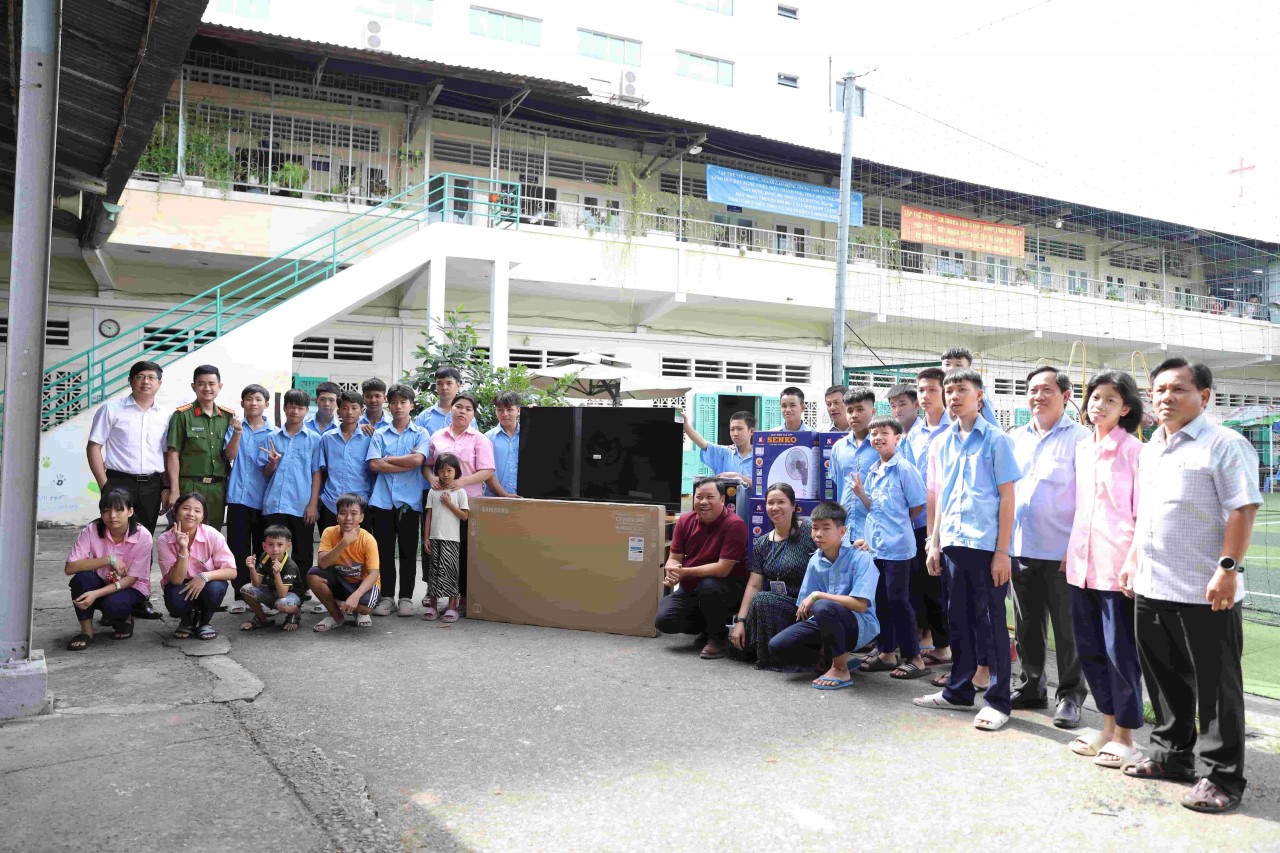 |
| Save the Children provides equipment to informal classrooms and facilities assisting disadvantaged children in Ho Chi Minh City. (Photo: Dinh Hoa) |
Pham Dinh Nghinh, Vice Chairman of the Ho Chi Minh City Association for the Protection of Children’s Rights, remarked:
“Save the Children has made practical and long-term contributions to child protection in Ho Chi Minh City, especially in disadvantaged areas. The organization’s programs have not only raised awareness and capacity among officials and collaborators but also effectively mobilized community resources to support children in a holistic and sustainable manner.”
After 16 years of working with children in Ho Chi Minh City, the child protection models implemented by Save the Children have yielded tangible results. These efforts have not only ensured comprehensive protection for children but also empowered them to voice their opinions, express their aspirations, and contribute ideas on issues directly impacting their lives. Beyond the community level, these models have also made important contributions to policy advocacy and the development of legal frameworks concerning children’s rights such as Decision No. 1235/QD-TTg dated August 3, 2015, approving the program to promote children’s participation in issues affecting them for the 2016–2020 period; the 2016 Law on Children; and Circular No. 36/2018/TT-BLDTBXH guiding the process of collecting children’s opinions during the drafting of laws, policies, plans, and decisions related to them.
Looking ahead, Vuong Dinh Giap, Program Director at Save the Children, affirmed: “Save the Children will continue to integrate child protection activities into new projects, considering it a core area of intervention. We aim to scale up successful models and strengthen community engagement so that all children, no matter where they are, can grow up in a safe environment, be heard, and develop to their fullest potential.”
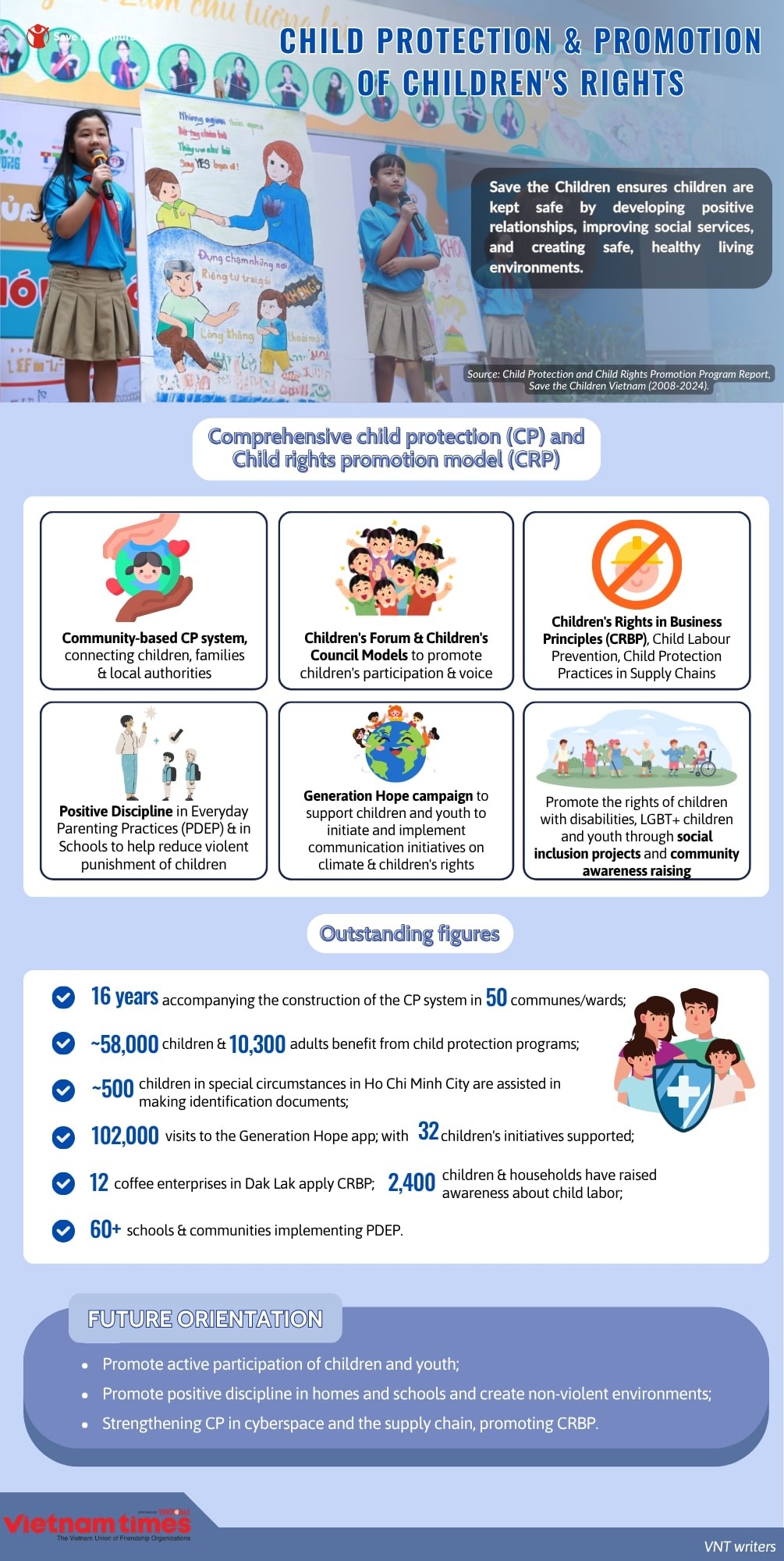 |
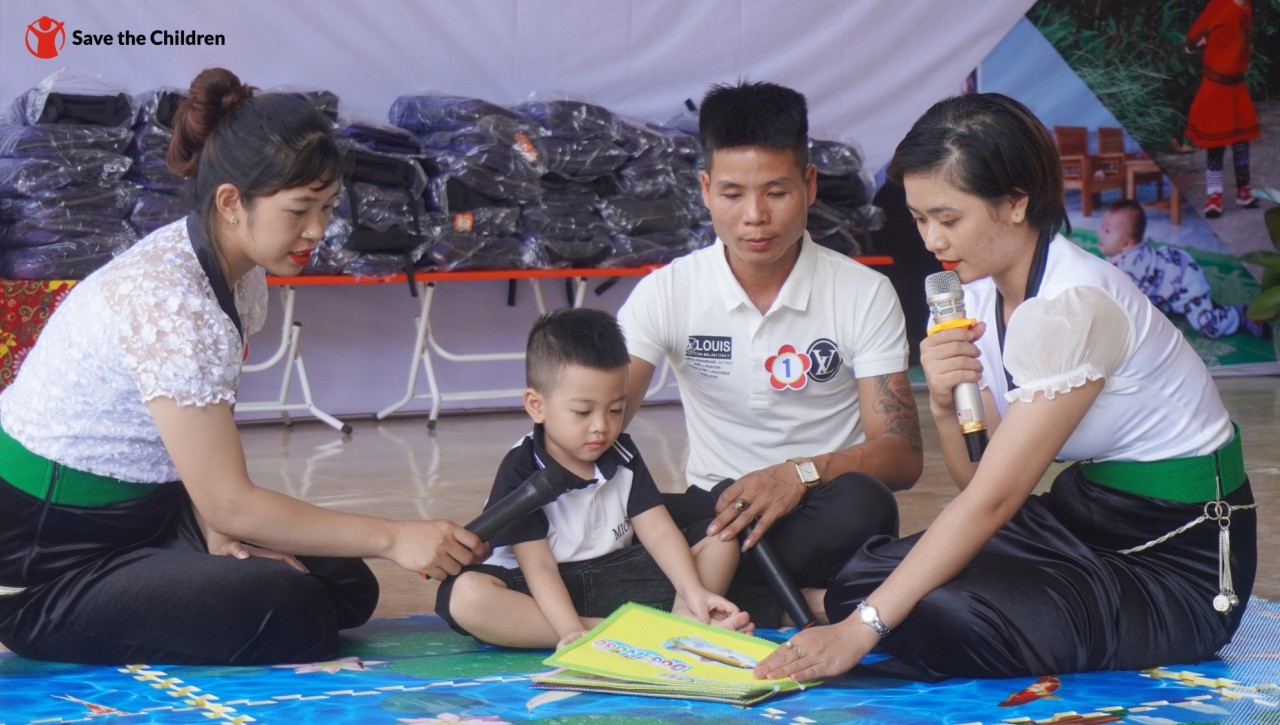 Viet's Home
Viet's Home
Building Brains - Unclose Path to Sustainable Development for Children
Recommended
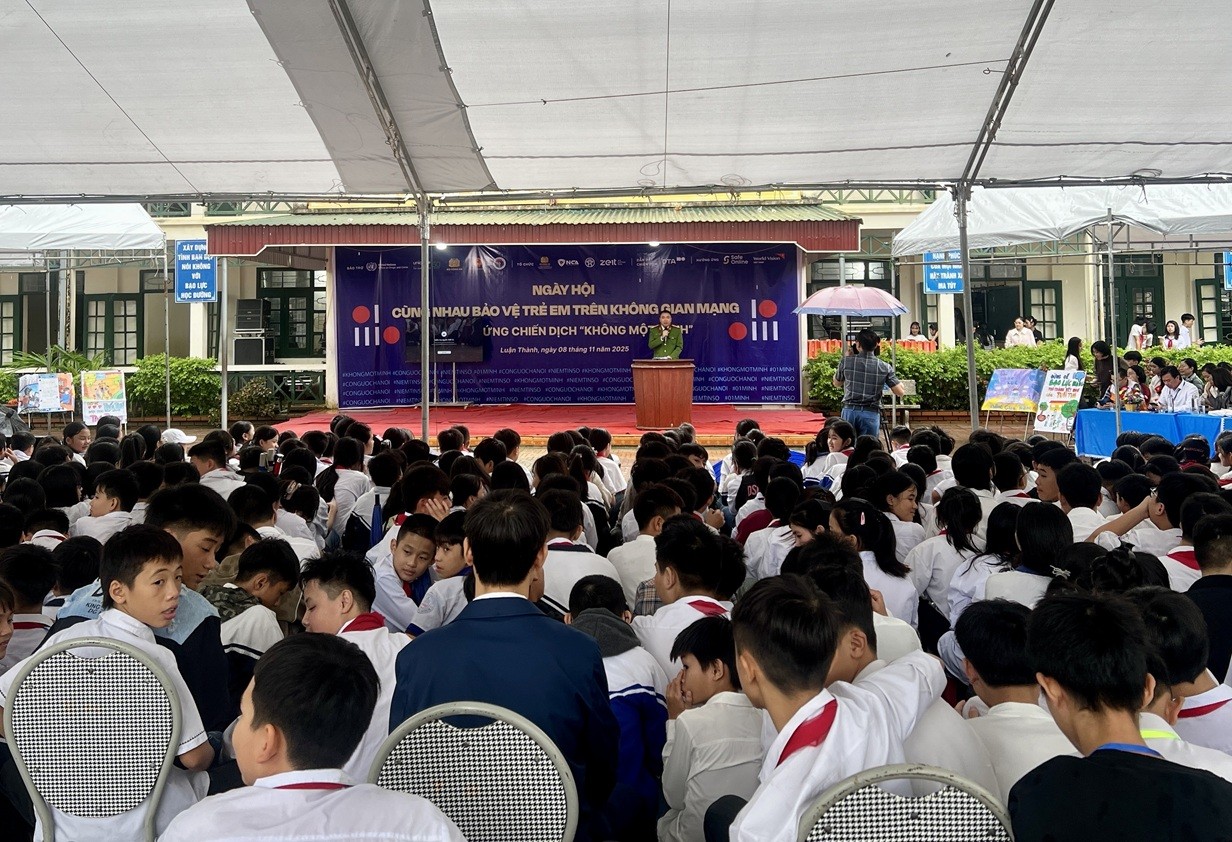 Viet's Home
Viet's Home
WVIV Spreads Message “Not Alone” to Protect Children in Cyberspace
 Viet's Home
Viet's Home
Vietnamese National Puppetry Attracts Thai Audiences
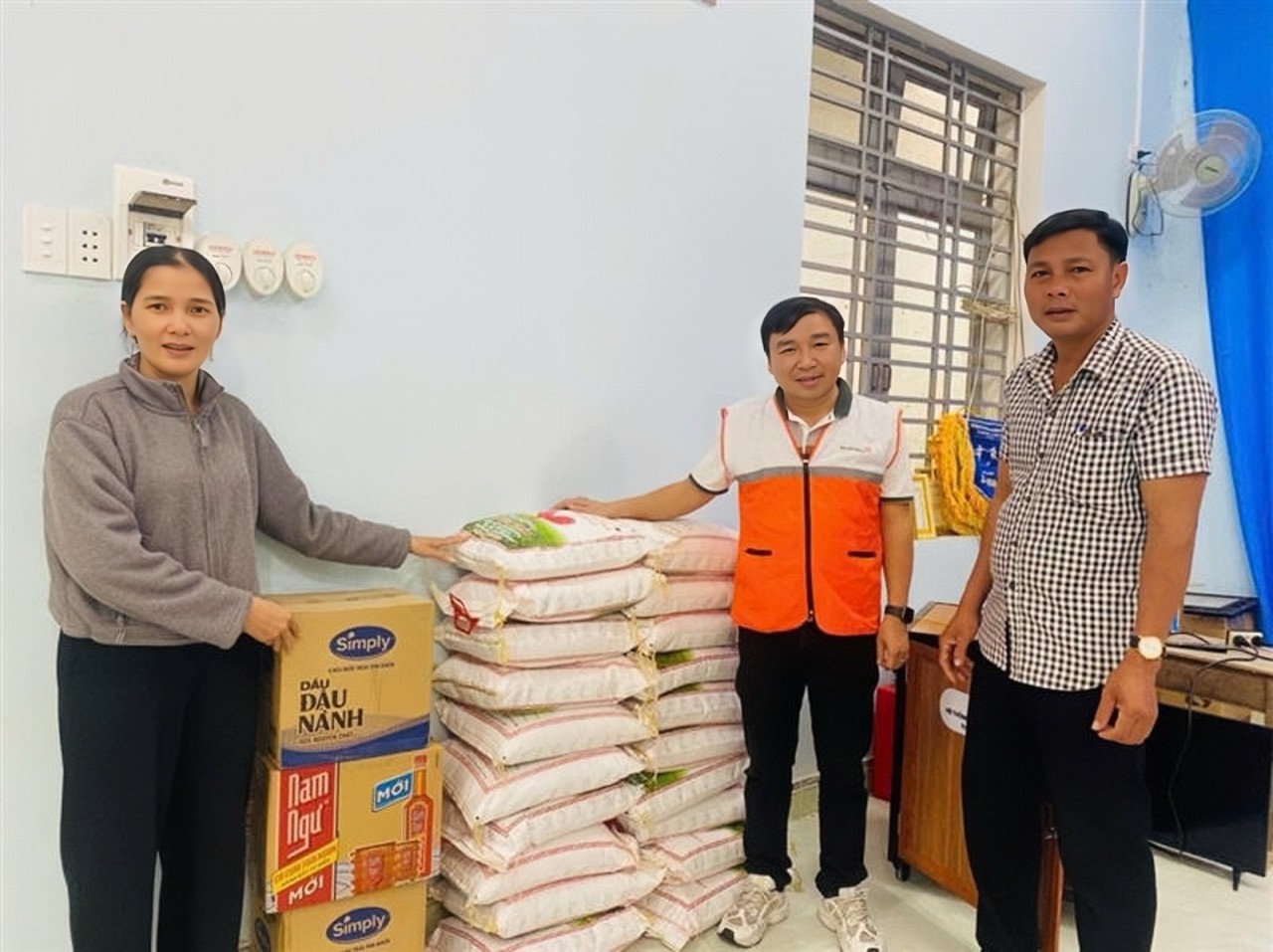 Viet's Home
Viet's Home
WVIV Supports 30,000 People Affected by Kalmaegi Typhoon and Flood
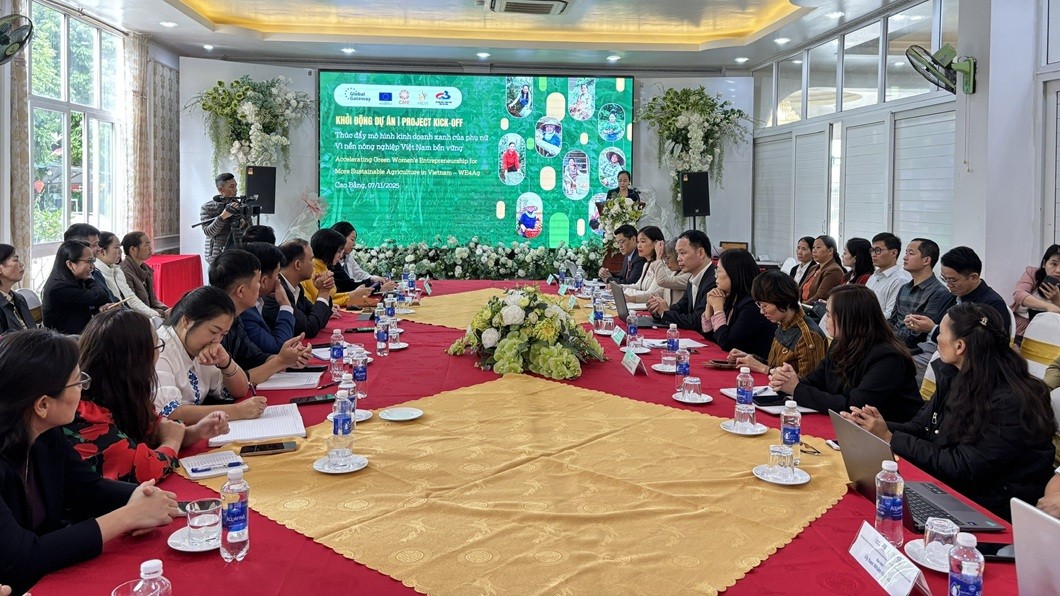 Viet's Home
Viet's Home
Newly-launched Project Enhances Sustainable Agricultural Production Capacity for 10,000 Women
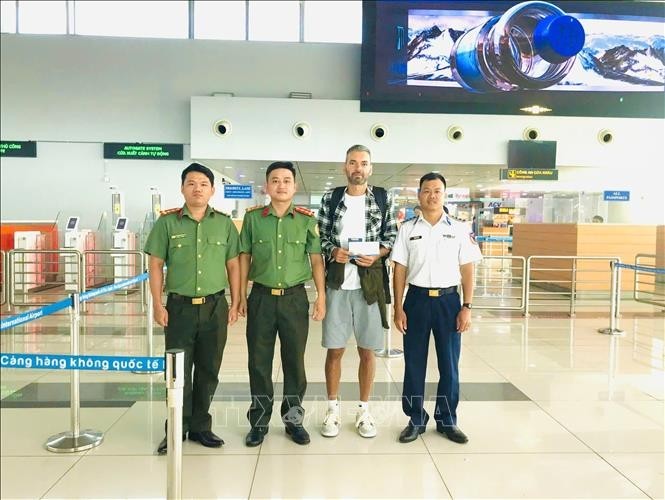 Expats in Vietnam
Expats in Vietnam
An Giang Assists Ukrainian Citizen In Safe Return Home
 Vietnamese Herbal Tea
Vietnamese Herbal Tea
The Journey of Passion Behind the Kitchen: Stories of Those Who Choose the Culinary Path
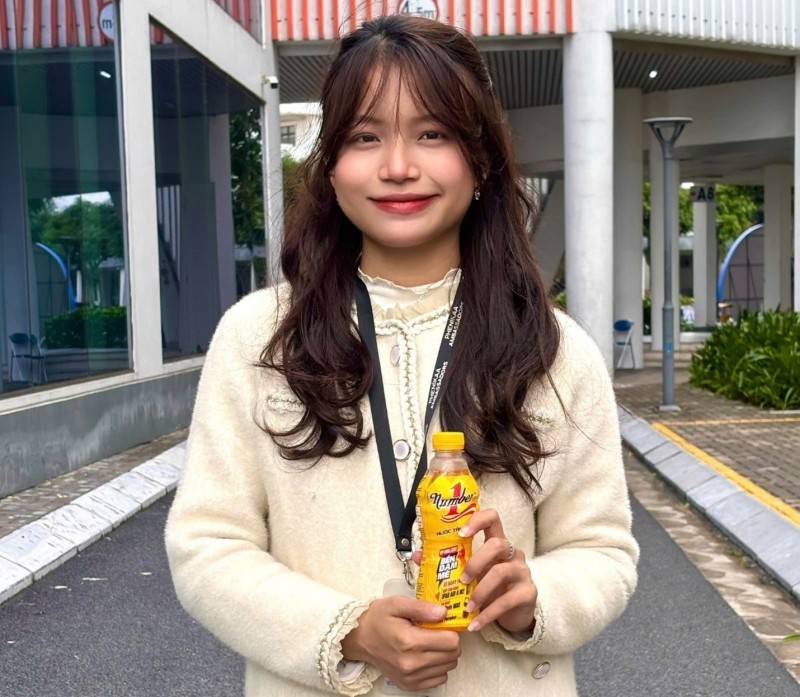 Women in Business
Women in Business
Young Female Tech Student Proves Her Number 1 Spirit, Step by Step Chasing Her Research Dream
 Expats in Vietnam
Expats in Vietnam


